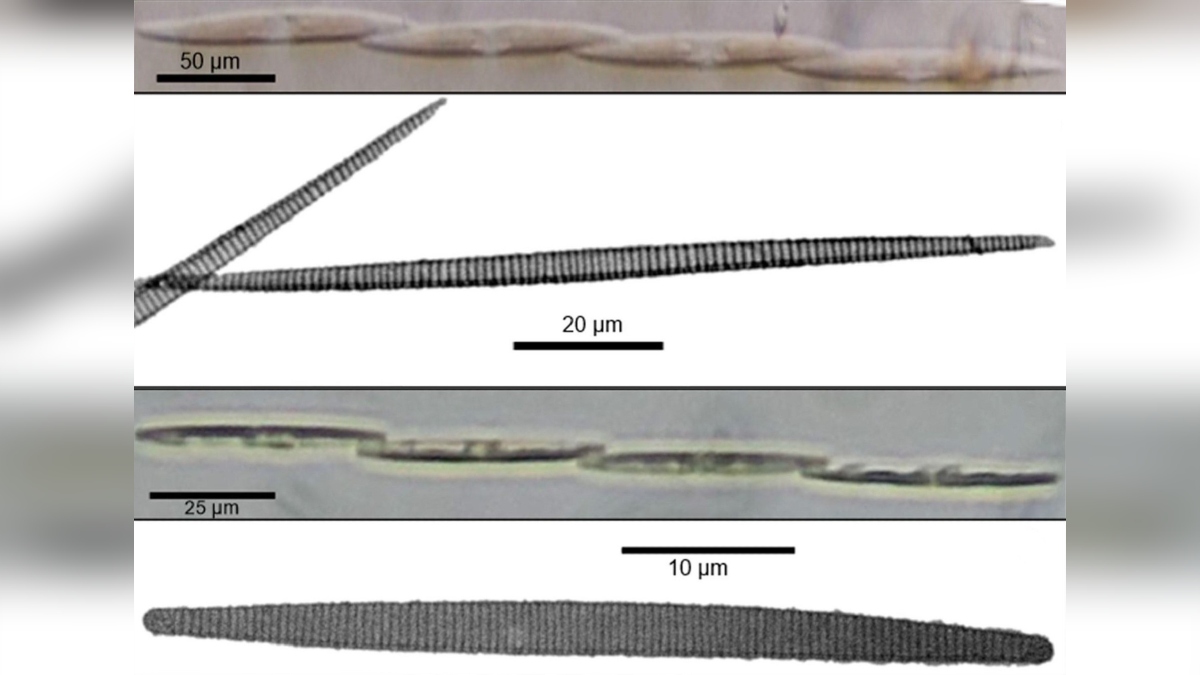Philippine scientists have confirmed the presence of two toxin-producing diatom species in shellfish farms located in Luzon, a significant development for a region where shellfish consumption is part of daily life for many residents. The research, conducted by experts from Ateneo de Manila University and Universiti Malaysia Sarawak, identified Pseudo-nitzschia pungens and Pseudo-nitzschia brasiliana, both known to produce domoic acid (DA)—a neurotoxin that can lead to severe health issues and amnesiac shellfish poisoning (ASP).
Diatoms, described as “algae that live in glass houses” due to their silica shells, are abundant in aquatic environments. While most diatom species are harmless, approximately half of the 58 species within the Pseudo-nitzschia genus are known for producing DA. This toxin can cause symptoms such as nausea, vomiting, diarrhea, and abdominal cramps. In severe cases, exposure to DA can result in permanent short-term memory loss.
The research team, including Lorenzo A. Botavara, Janice A. Ragaza, Hong Chang Lim, and Sing Tung Teng, emphasized the need for heightened awareness and monitoring efforts. “It is important to be aware of the toxic potential of these diatoms and to monitor them accordingly,” the scientists stated, noting that this was the first recorded presence of P. brasiliana in Luzon.
Samples taken from Bacoor Bay and Pagbilao Bay revealed the presence of these toxic diatoms, highlighting the need for thorough HAB (harmful algal bloom) monitoring to prevent potential public health risks. During HAB events, DA can accumulate in shellfish, posing serious health hazards to consumers.






